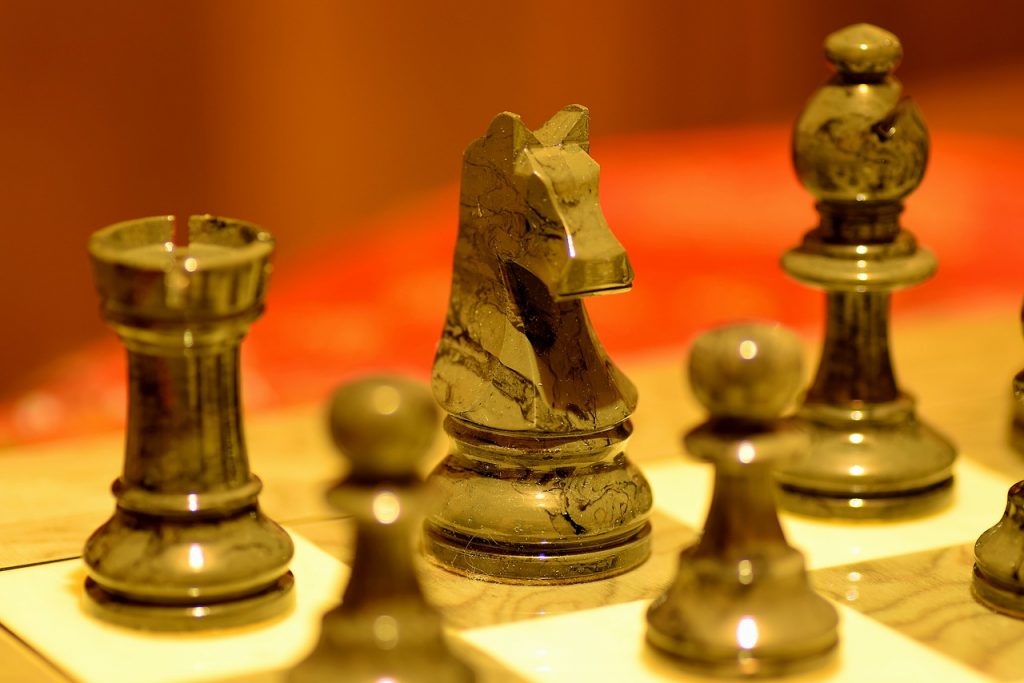Table of Contents
Knight Chess piece Meaning, movement, and placement
One of the most special pieces in the game of chess is the knight chess piece. The knight is one of the oldest pieces in the original chess (Shatrangj) invented in India a long time ago.
The knight is one of those chess pieces we all love, it may seem cute but it’s very dangerous when placed correctly. The knight chess piece is the only piece with the ability to move over other pieces (your pieces and the opponent’s as well).
Each player starts with two knights on their side, being the only minor piece that can develop right away without a pawn move.
The knight chess piece has incredible relevance from a strategic point of view. There are opening that start with a knight move for white or even for black.
In the starting position, the knight chess piece goes in the first rank beside the rook and the bishop. This means in b1 and g1 squares for white and b8 and g8 for black.
The knight has a high dynamic value in the game of chess, being one of the best pieces in the right position.
The origin of the knight
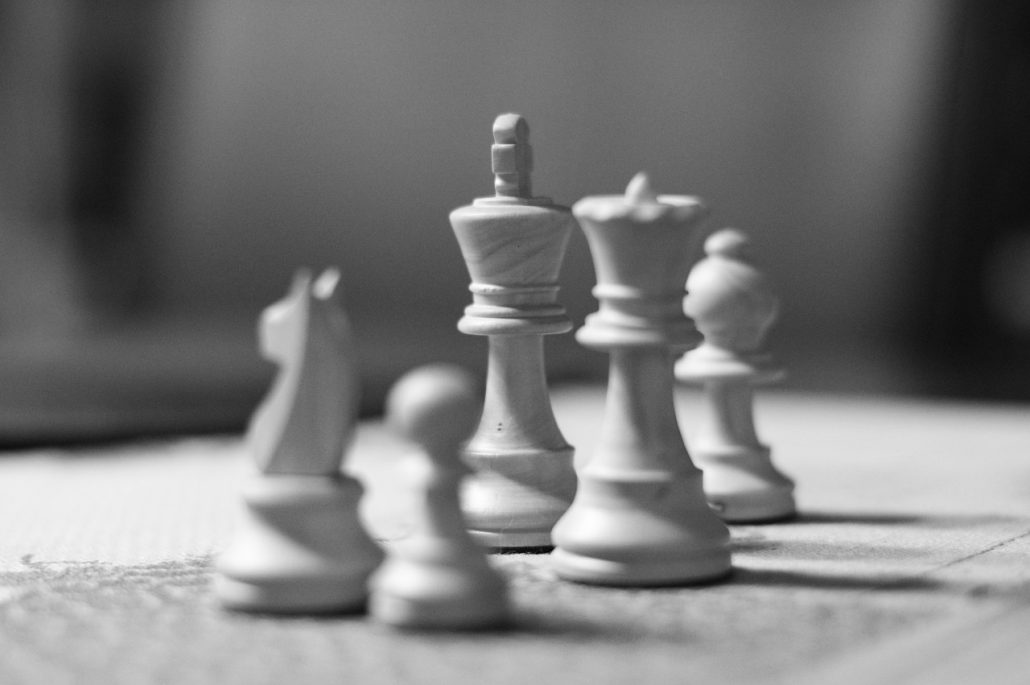
The knight chess piece is one of the pieces on the board that has never changed its nature or movement. Since the beginning of chess or the creation of Shatrangj, the knight has always been the same.
The essence of the knight chess piece has survived all this long and finally made it into modern chess. Different from other pieces like the queen, bishop, or rook.
Except for the difference in different continents because the “version” of the knight would be different in variations of chess. But the movement, utility, and concept would be the same.
The knight chess piece first appeared in Chaturanga as a piece called Ashva, which means “horse”. The piece had the same movement as the normal knight piece in chess.
When other variations of chess first appeared in Europe around XIII century, the piece had a different approach. In Europe, the chess knight piece resembled the medieval knights that defended kingdoms.
In Chaturanga the chess knight was referred to as a mythical creature called “Ashva”. This creature was a horse head and was worshipped as the god of knowledge.
Ashva had supernatural powers, from there comes the idea that the knight chess piece had powers that anybody else has: Moving over other pieces.
Knight chess piece’s tremendous force
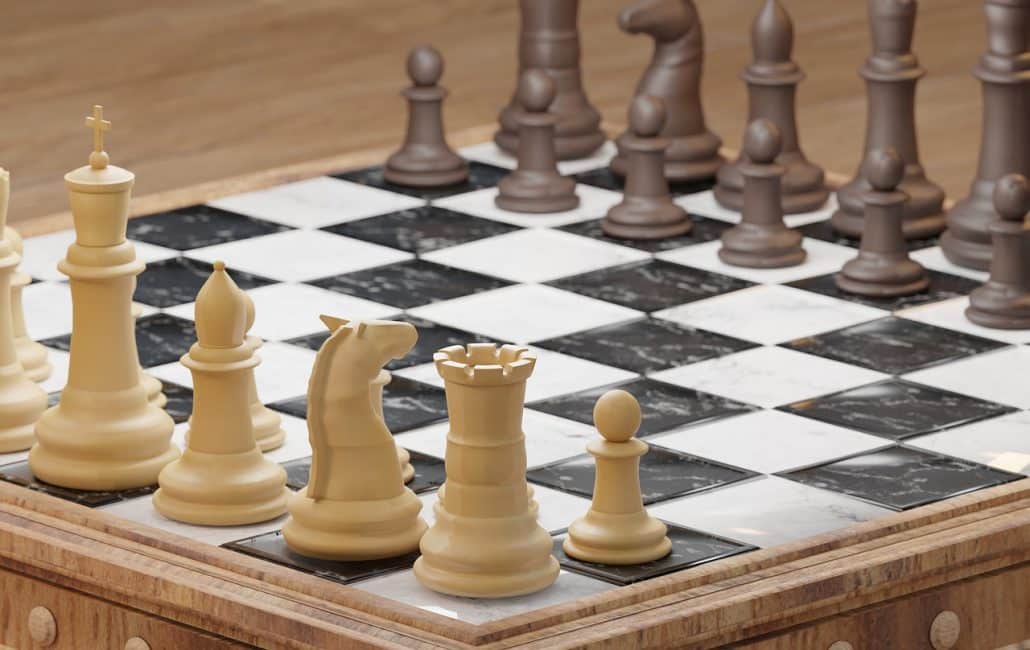
As I said, the chess knight counts with several amounts of uses, with great tactical usefulness in chess. The knight tends to be a good psychological advantage, especially in the blitz.
The reason for this is simple, that the knight chess piece usually confuses the contrary very easily. The odd knight’s movement is very hard to predict, this is why knights can be really annoying if they are allowed to activate.
Especially in the ending, knights can be a big pain if not controlled by other pieces or pawns. Forks and very complicated tactics arise in the position when the knight is around.
Another important aspect of the knight is the facility to reach different parts of the board. Even if it doesn’t have a logical and unlimited movement (as, bishops or rooks) knights can move fast.
The knight chess piece’s time to shine is the middle-game. This is usually the moment in which the knight shows off its power.
There are so many pieces in the middle-game, that even rooks and bishops have a hard time finding a good square. But you can find a way to maneuver your knight to get it to activation almost in every position.
The knight chess piece strategy
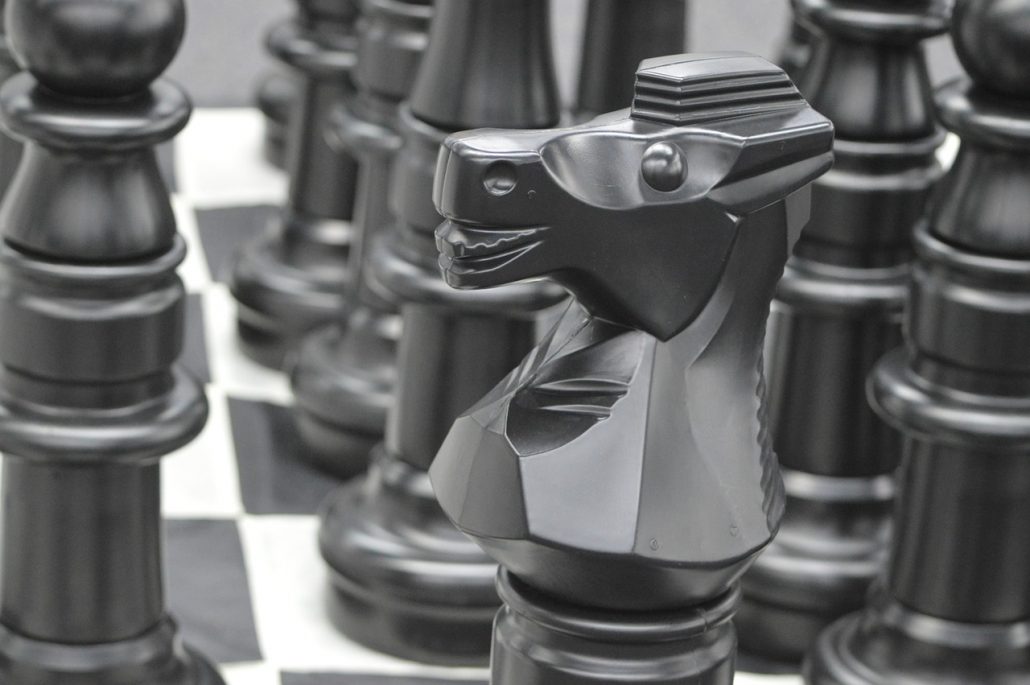
It is so easy for knights to find a way to quickly get into the fray, from the tactical and strategic aspects.
The knight is very likely to occupy outposts or the called “holes” in enemy positions, and this is the great advantage the knight gives. No matter which pawn you move, there will always be a good place for the knight.
If you are playing against a strong opponent he will always find a way to get the knight to activation. The knight chess piece is very difficult to private of the initiative so you have to be cautious.
Knowing how to maneuver the knight correctly can improve your chess significantly. The best about the knights is their potential to control the center.
The Center is the best place for the knight because it is so effective there, it dominates a lot of enemy squares. A knight on e5, for example, takes a lot of space and can quickly attack f7 and g6.
Even in the first move, the knight can already control the center as it happens in the Reti opening with 1 Cf3.
The importance of the knight chess piece
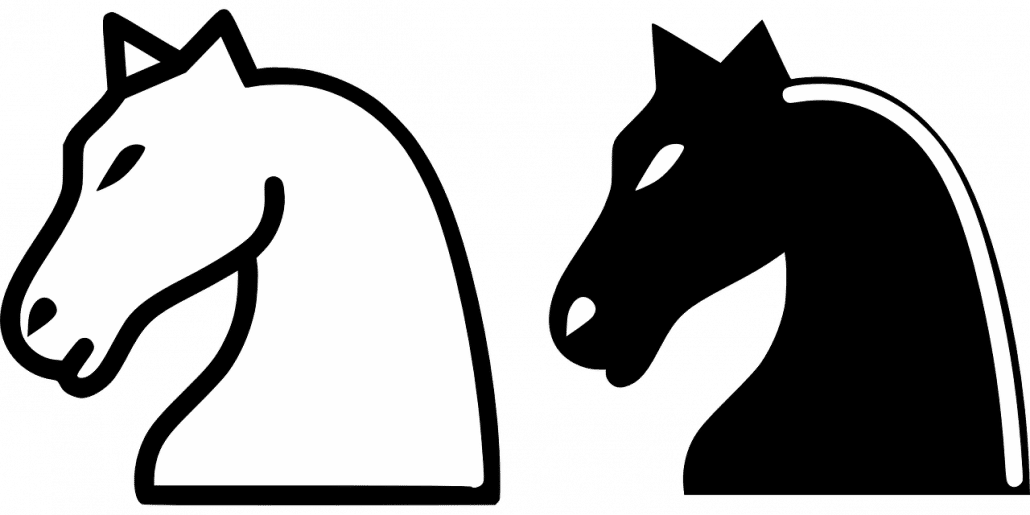
The knight can always help in the attack and defend but there one thing in which the knight is the best.
Blocking a pawn is one of the best uses for the knight, usually having a knight blocking a past pawn means the whole advantage. In this kind of position, the knight chess piece kills the enemy’s initiative while creating his own.
It’s absolutely amazing, dominating this concept is key in positions with an isolated pawn or passed pawns.
However, the knight chess piece not necessarily has to block a pawn to find a comfortable and aggressive outpost. You should place your chess knight anywhere a contrary pawn can’t reach.
Any square that a pawn can’t defend anymore (because of the advancing or weakening) is called outpost or “hole” in chess. If you get a knight on an outpost you will be likely to get the initiative, even better if it’s in the center.
So always be aware of any pawn move your opponent does, any time he moves a pawn he weakens a square!
You may also like:
Murderous Chess Knights Plans to Destroy your Rivals!

